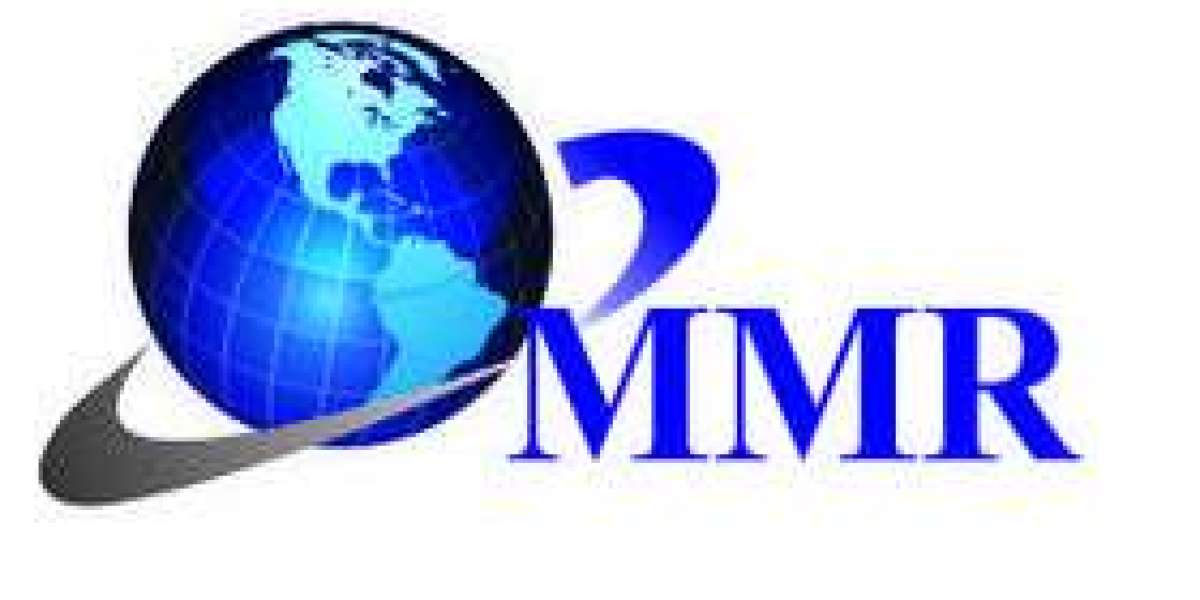Print server play a crucial role in modern office environments by centralizing and managing printing tasks. They allow multiple computers to share one or more printers, streamlining the printing process and improving efficiency. Understanding how print server work and their benefits can help businesses optimize their workflows and reduce costs.
What Is a Print Server?
A print server is a device or software that connects printers to client computers over a network. It acts as an intermediary, receiving print jobs from computers and sending them to the appropriate printer. Print server can be hardware-based, which are standalone devices, or software-based, integrated into an existing computer or server. They manage print queues, prioritize print jobs, and can even provide administrative controls and reporting features.
Types of Print Servers
Hardware Print Servers: These are standalone devices that connect directly to a network and have one or more USB or parallel ports for printers. Hardware print servers are ideal for environments with multiple printers or where the printer does not have built-in network capabilities. They offer reliability and are less susceptible to the issues that can affect software-based solutions, such as computer crashes.
Software Print Servers: These are applications installed on a dedicated computer or server that handle print tasks. Software print servers are suitable for businesses with centralized IT management, as they can be integrated into existing server infrastructure. They provide advanced features such as user authentication, print job management, and usage tracking.
Embedded Print Servers: Some modern printers come with built-in print servers, allowing them to connect directly to a network without additional hardware. These embedded solutions are convenient for small offices or home networks, reducing the need for extra devices and simplifying setup.
Benefits of Using a Print Server
Centralized Management: Print servers allow IT administrators to manage all print jobs from a single location. This centralization simplifies printer setup, driver installation, and maintenance, reducing the workload on IT staff and ensuring consistency across the network.
Cost Efficiency: By enabling multiple users to share a single printer or a pool of printers, print servers help reduce the number of printers needed in an office. This sharing not only cuts down on equipment costs but also lowers ongoing expenses related to consumables like ink, toner, and paper.
Improved Print Queue Management: Print servers handle print queues effectively, preventing congestion and minimizing wait times. They can prioritize urgent print jobs and manage large volumes of printing more efficiently, which is particularly beneficial in high-demand environments.
Enhanced Security and Control: Many print servers offer features such as user authentication, job tracking, and print quotas. These features provide better control over printing resources, helping to prevent unauthorized use and reducing waste.
Choosing the Right Print Server
When selecting a print server, consider the following factors:
Network Size and Type: Determine the number of users and printers in your network. For small networks, an embedded or software print server may suffice. Larger networks may benefit from dedicated hardware print servers that offer robust performance and reliability.
Print Volume and Usage Patterns: Understand your printing needs and choose a Print Server that can handle your typical print volume. High-volume environments may require a print server with advanced queue management and load balancing features.
Compatibility and Support: Ensure that the print server is compatible with your printers and network infrastructure. Check for support for different printer models, operating systems, and network protocols to ensure seamless integration.
Utilizing Print Servers
In a recent office upgrade, implementing a print server streamlined the printing process by allowing all employees to access multiple printers from any workstation. The central management features enabled IT staff to easily monitor printer usage and address issues remotely, reducing downtime and increasing productivity. Additionally, the print server’s job tracking capabilities helped the office manage print costs more effectively by identifying areas of excessive use and optimizing resource allocation.
Conclusion
Print servers are vital tools for any business looking to optimize its printing processes. By centralizing management, improving efficiency, and enhancing security, print servers offer significant advantages in both small and large office environments. Investing in a suitable print server can lead to cost savings, better workflow management, and a more organized approach to handling printing tasks.







